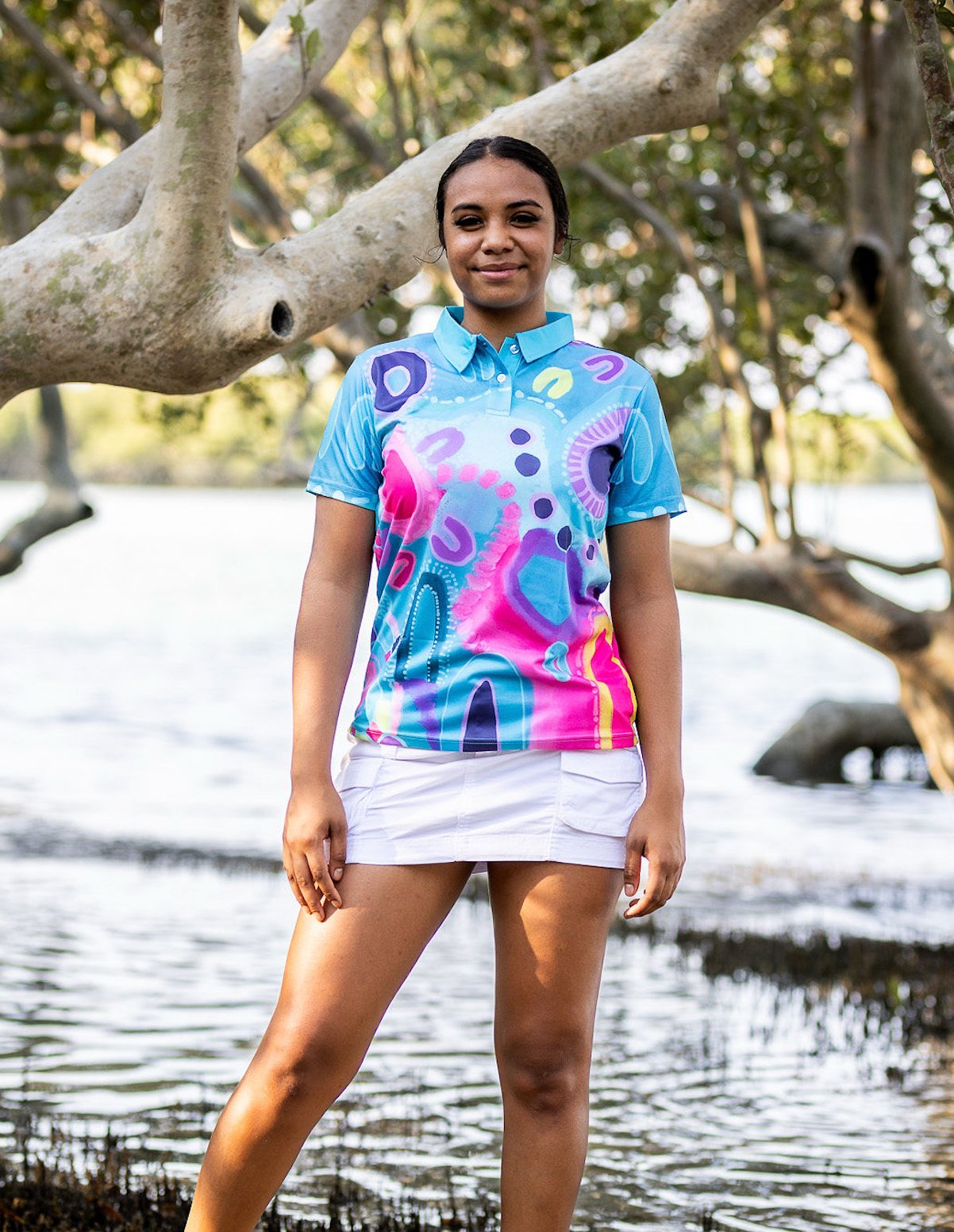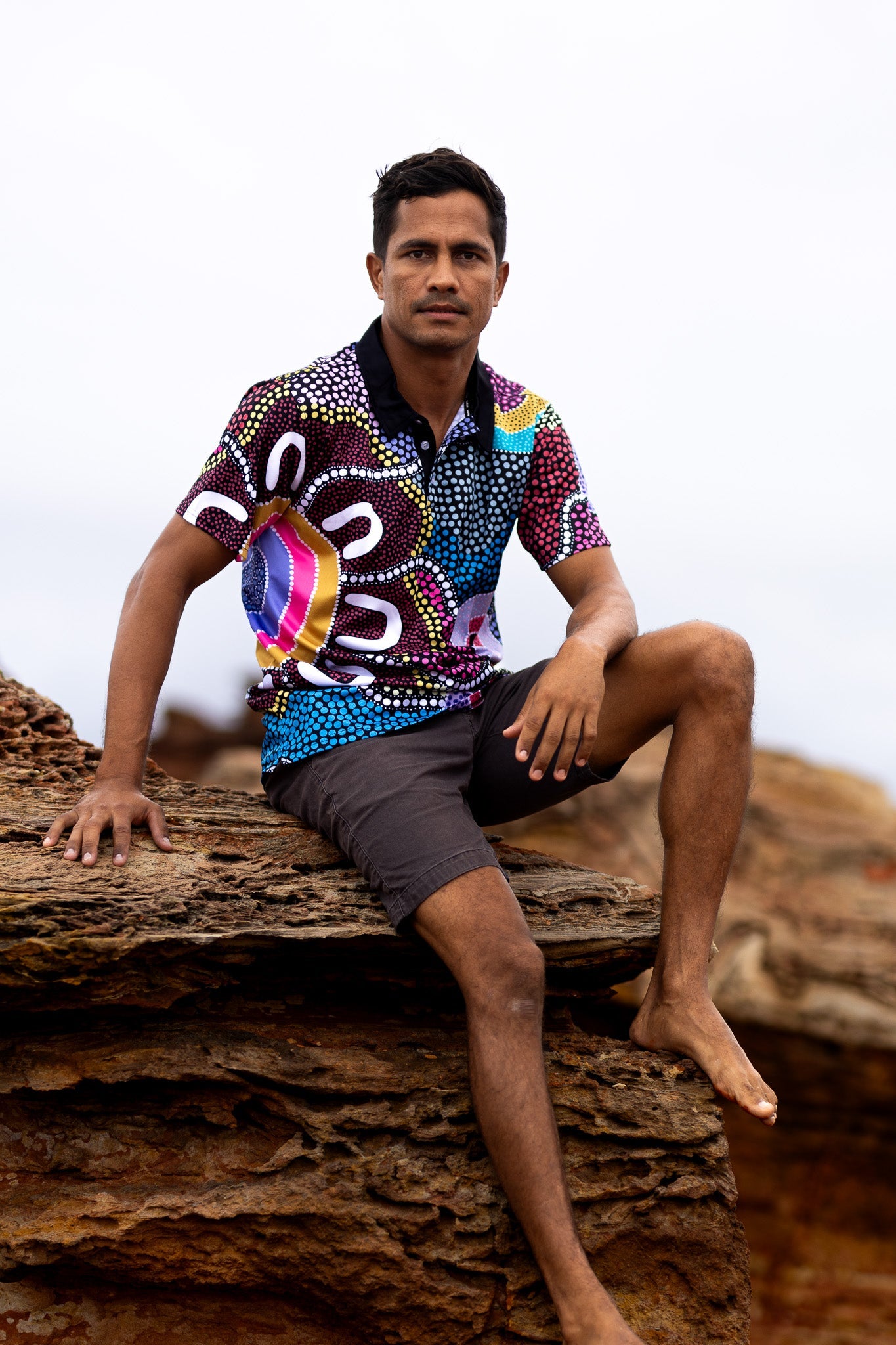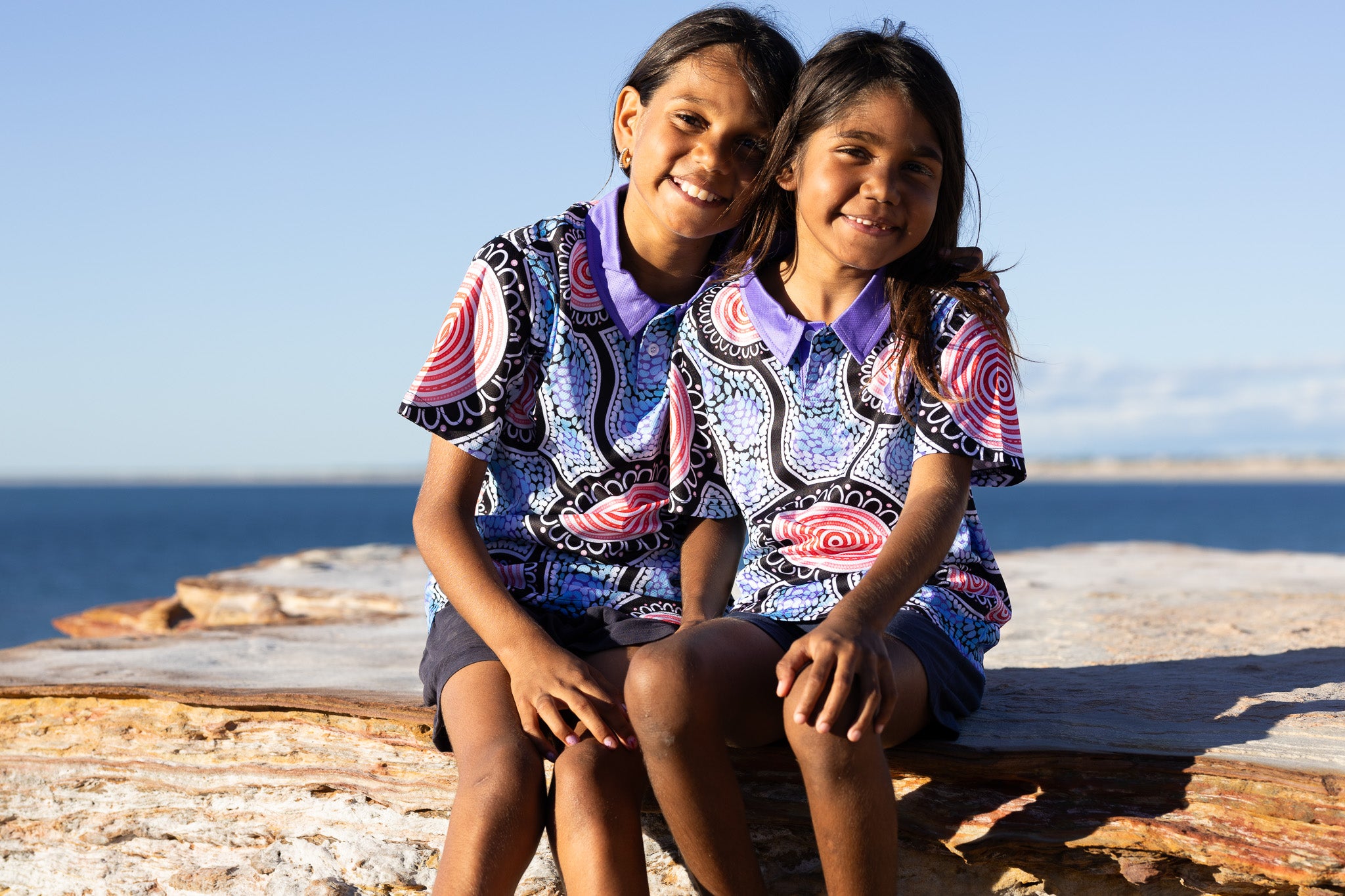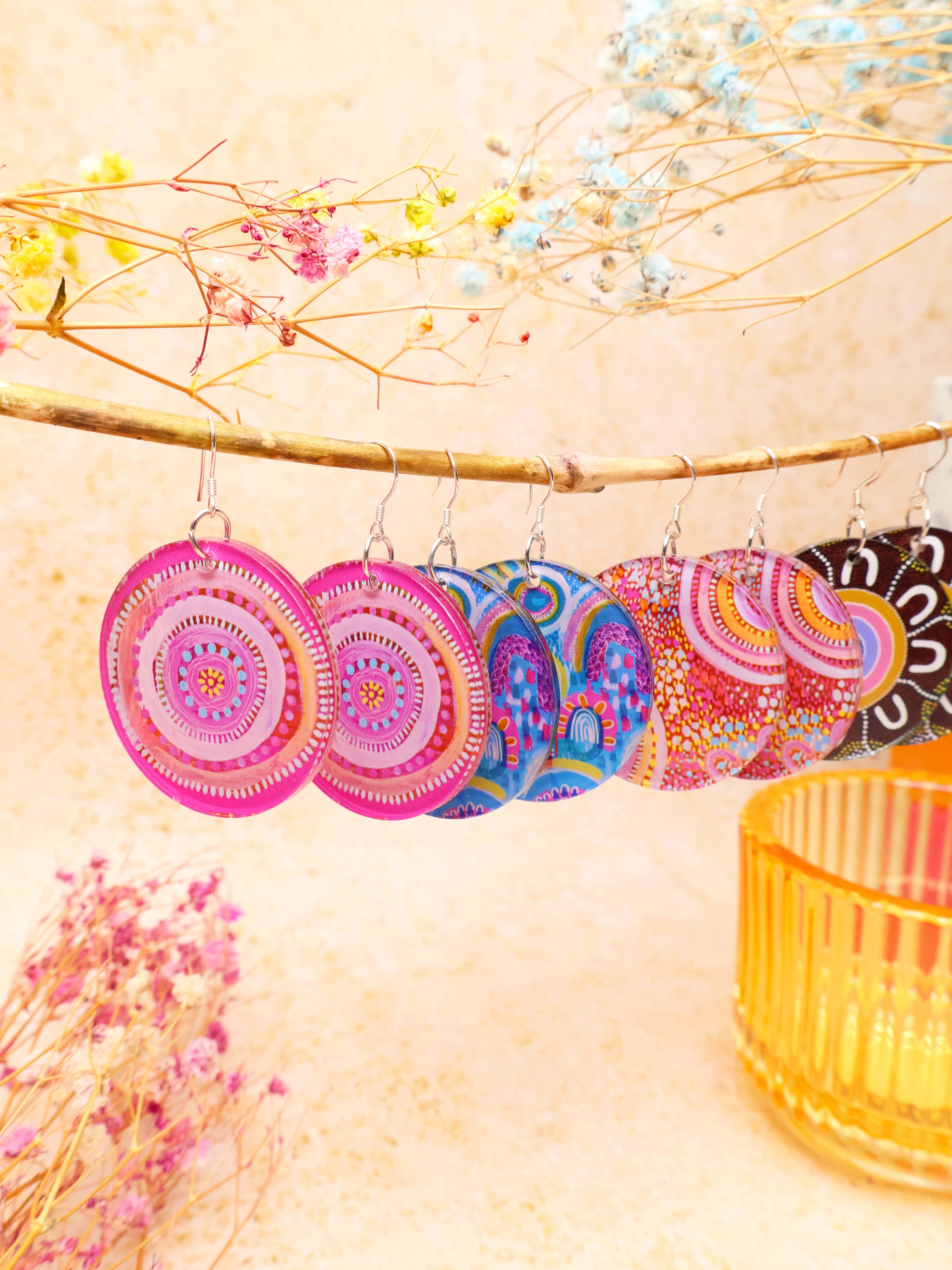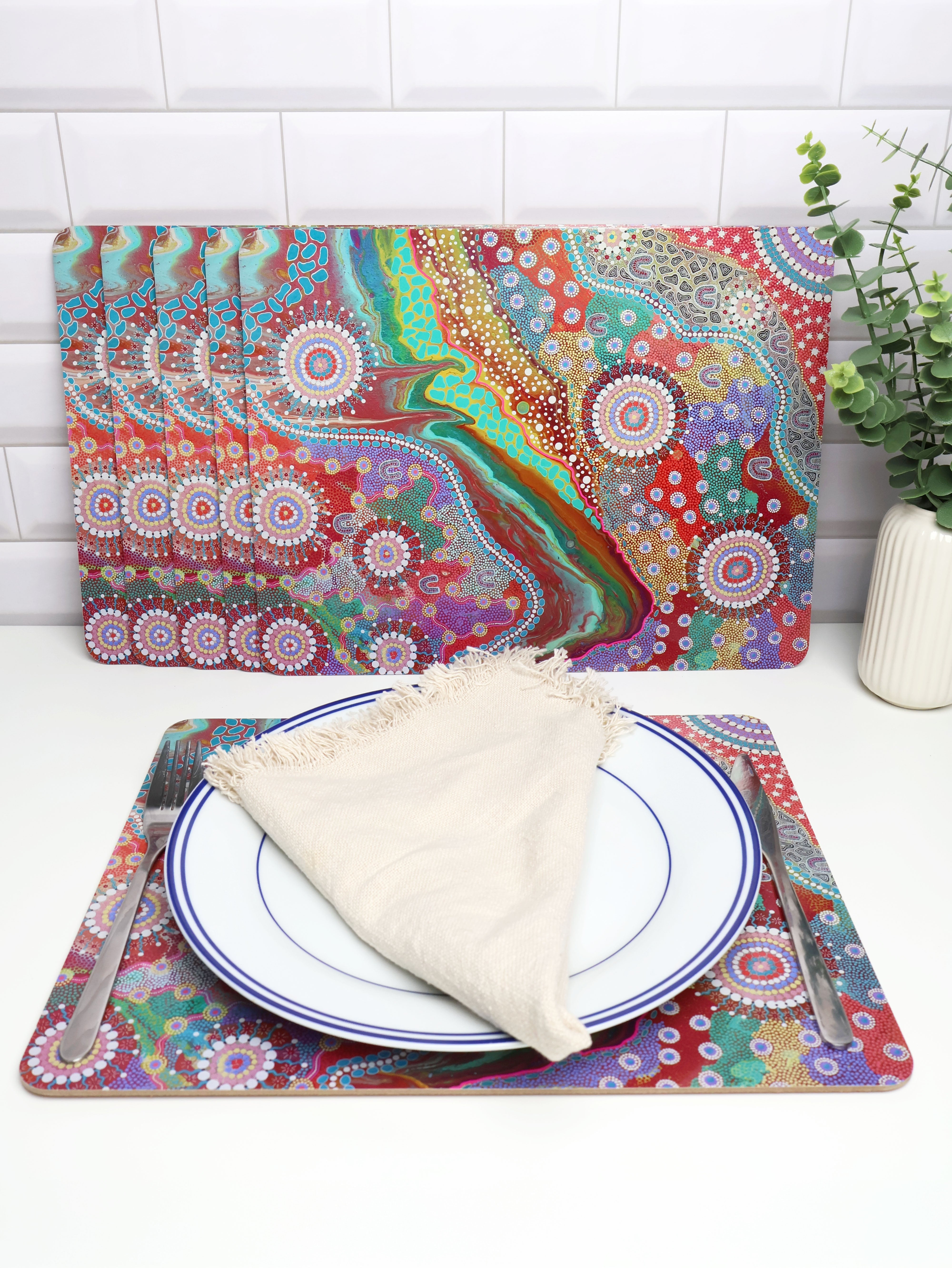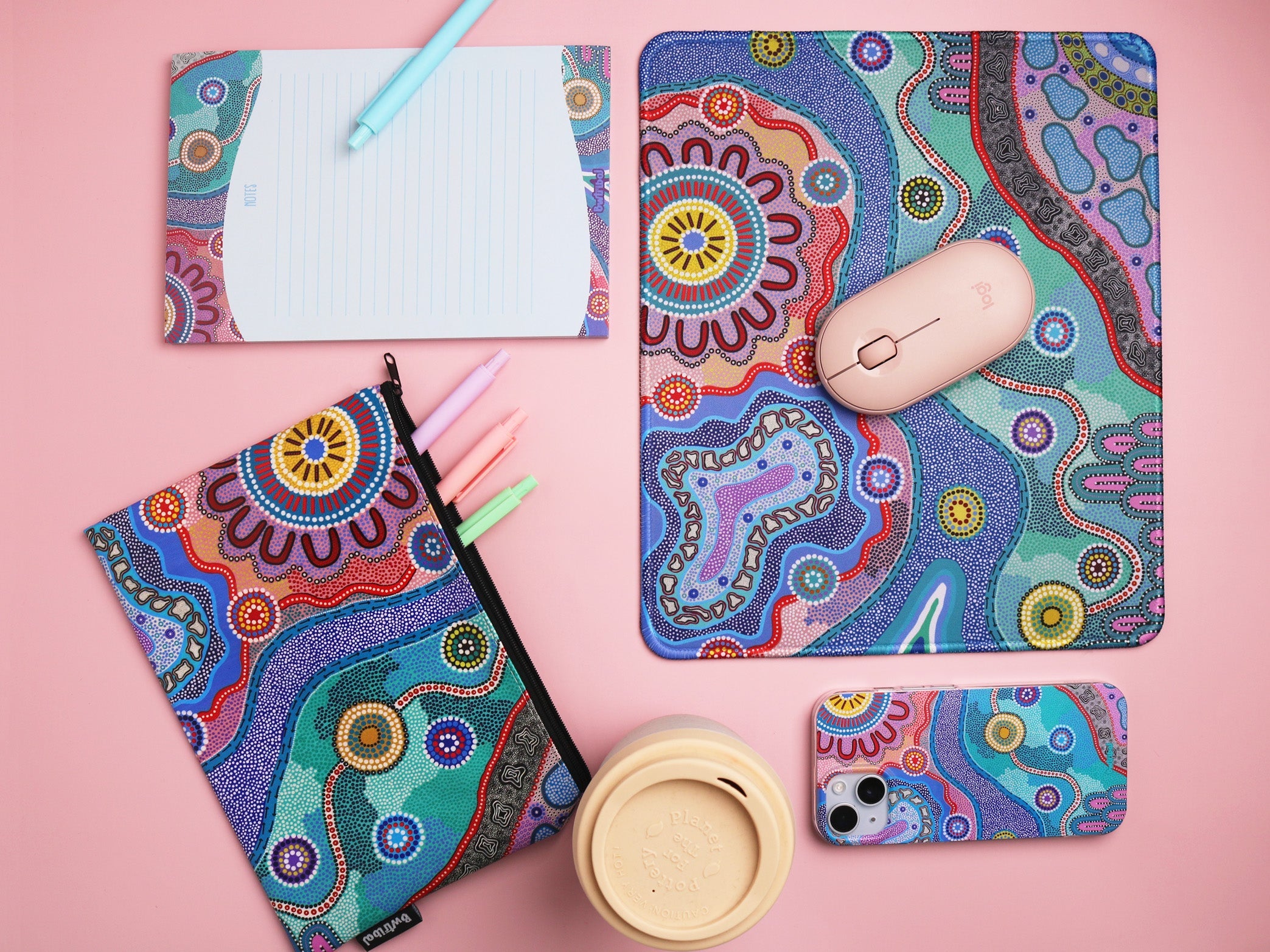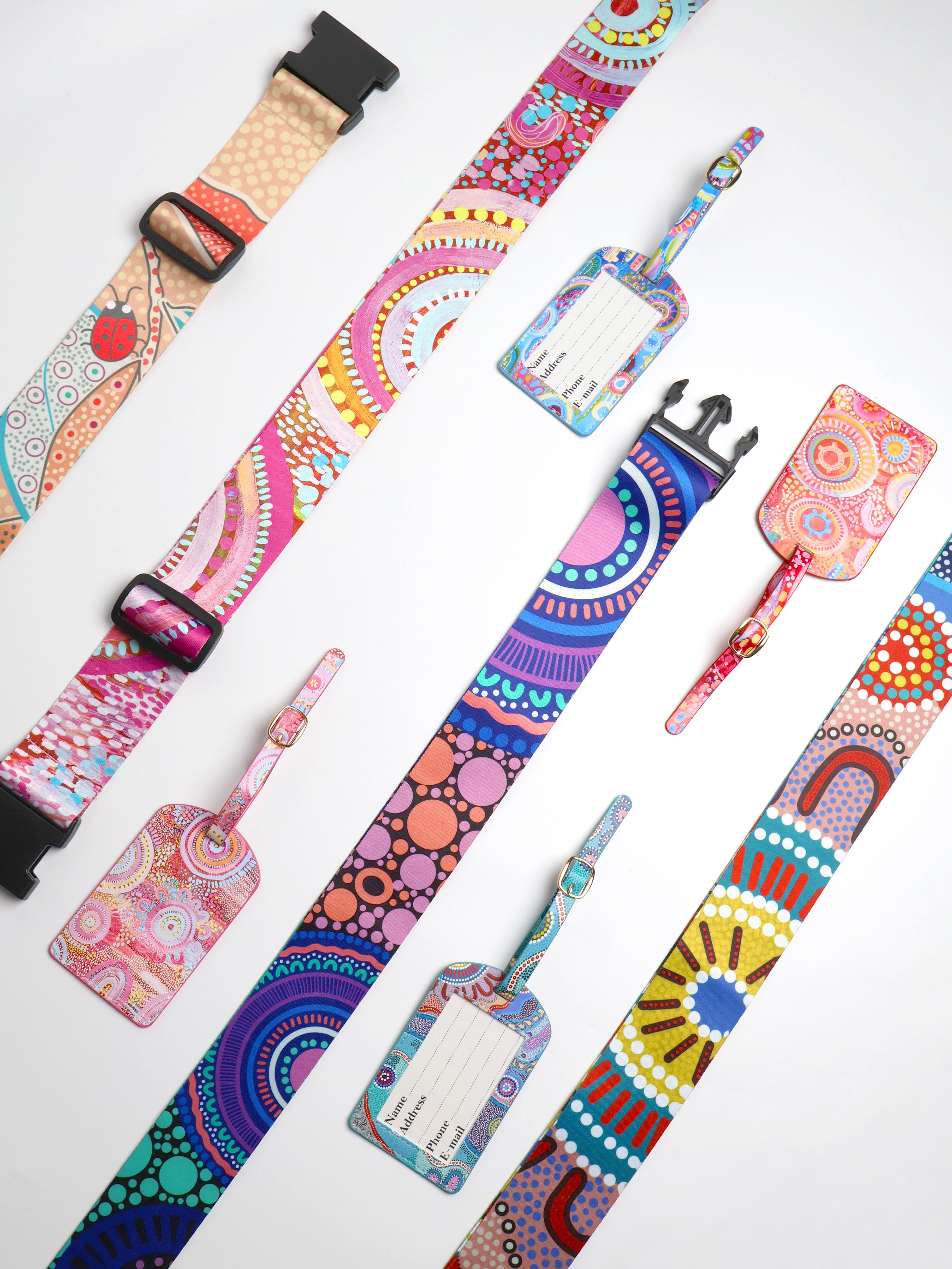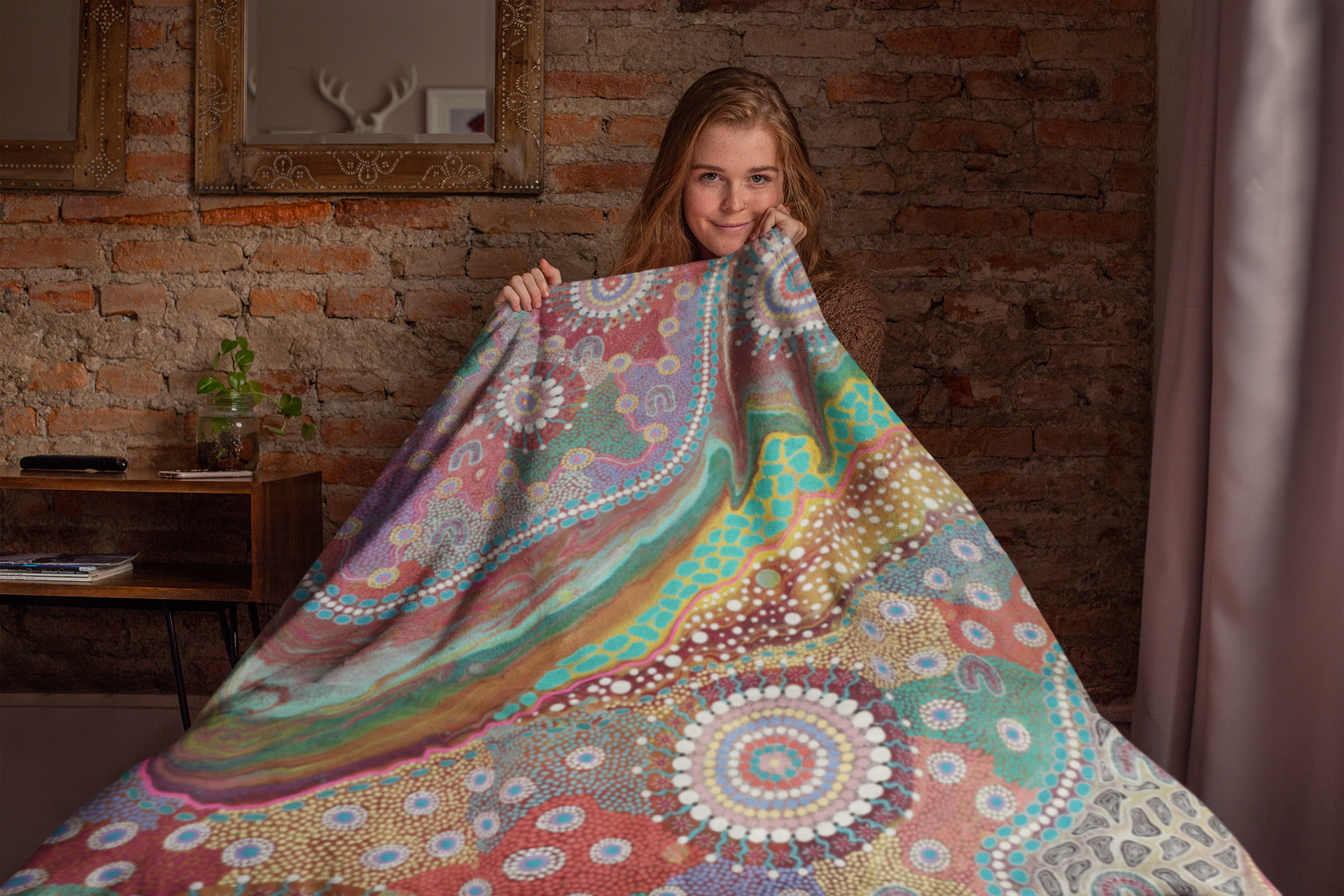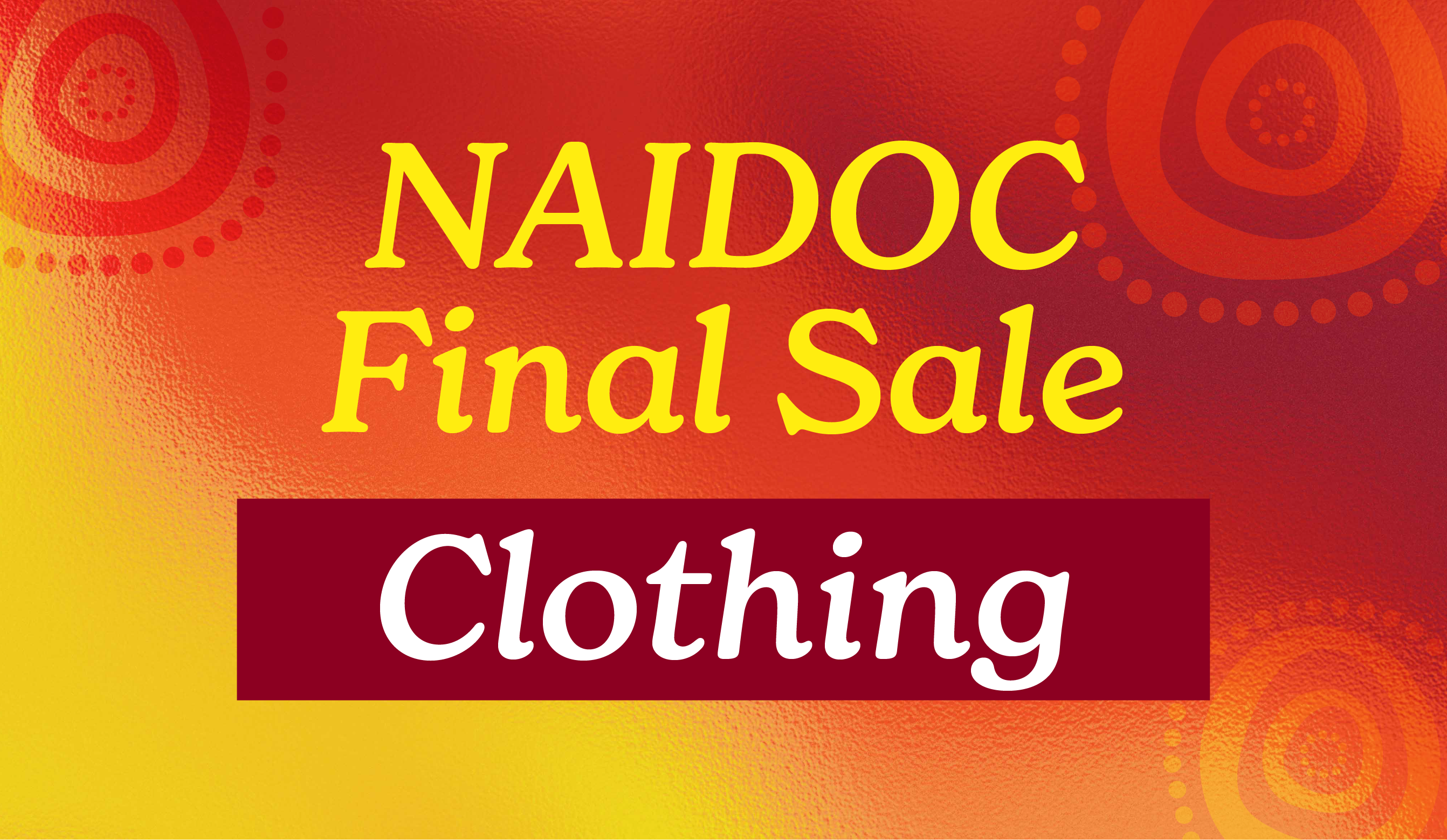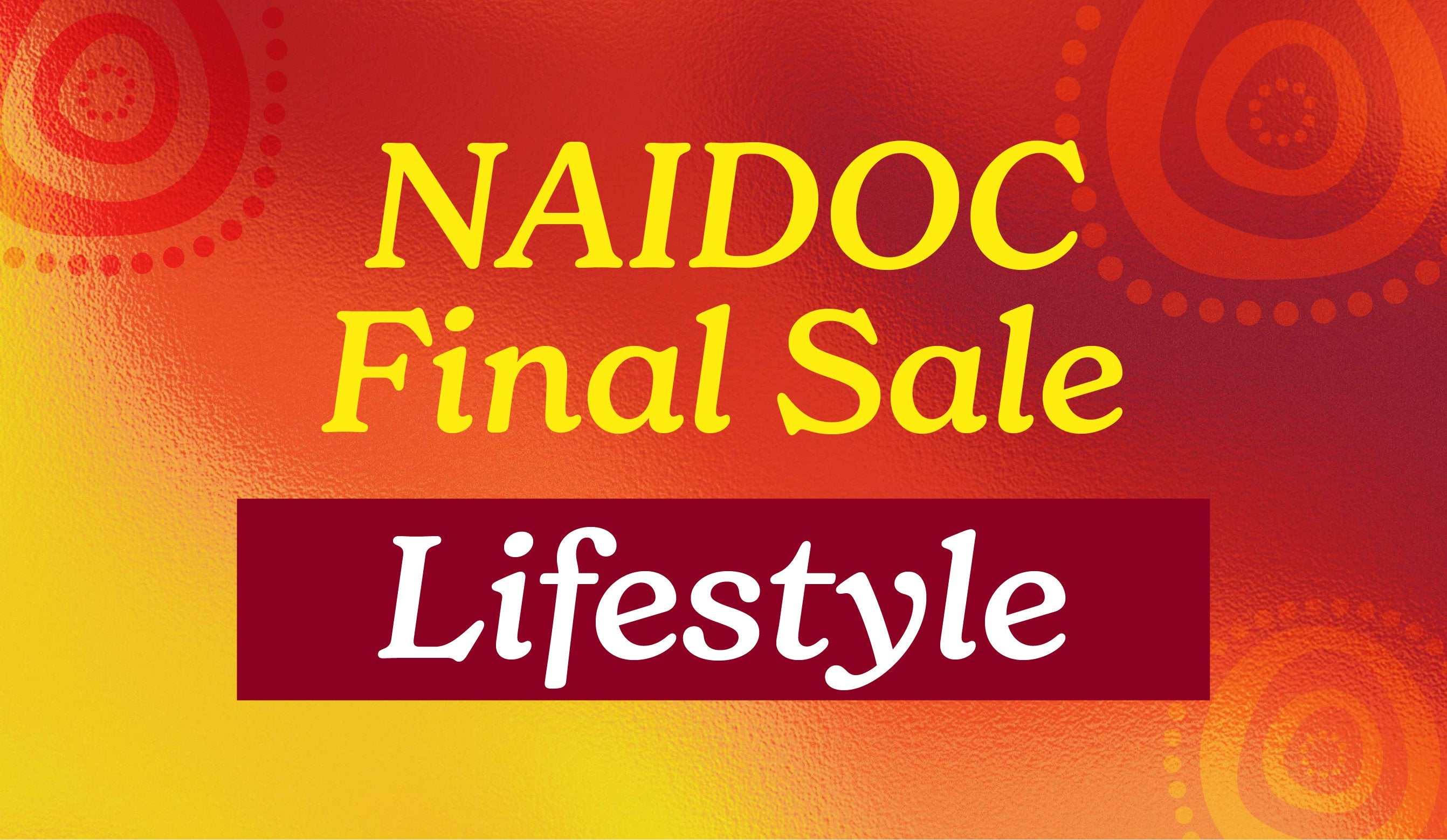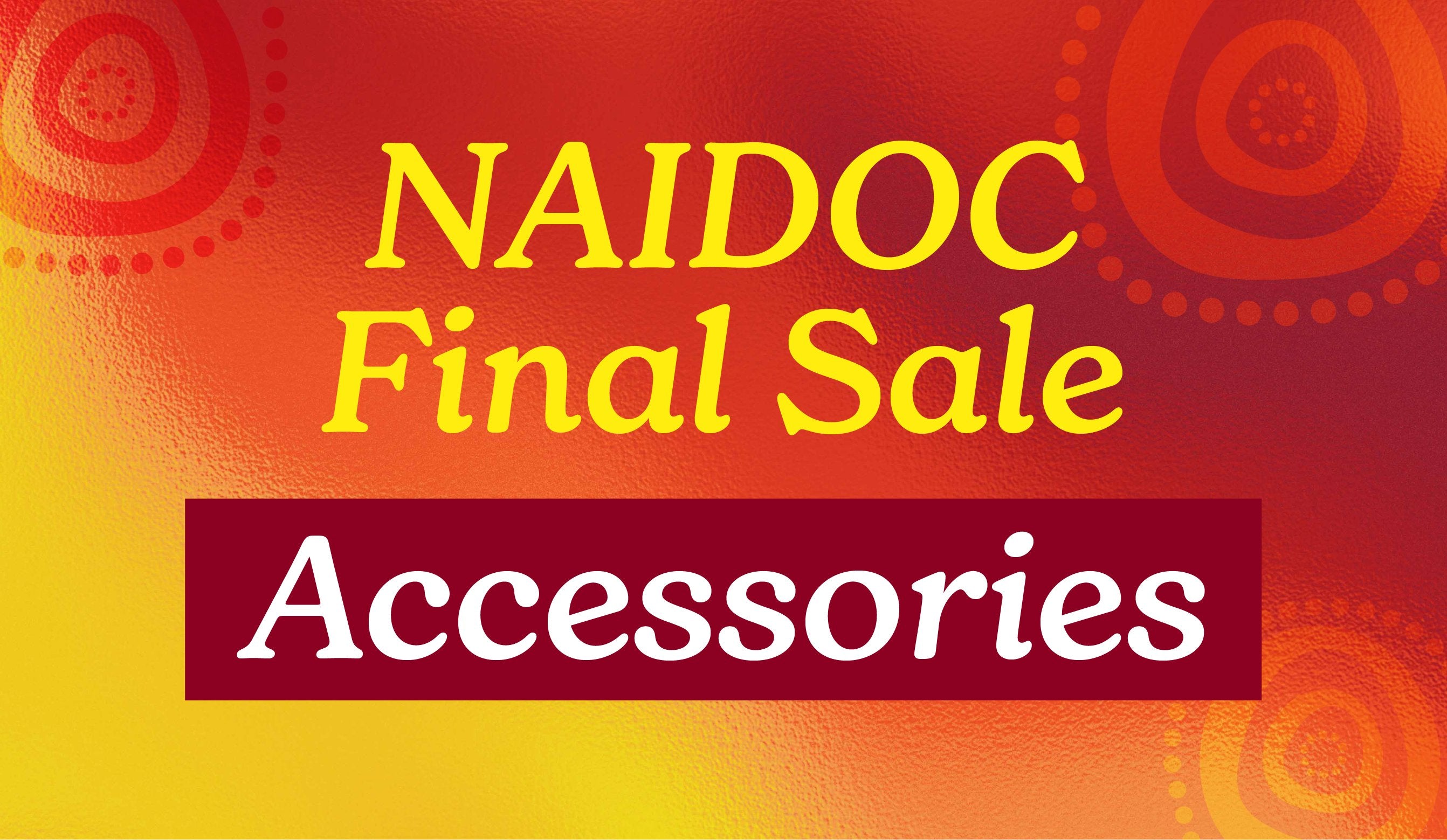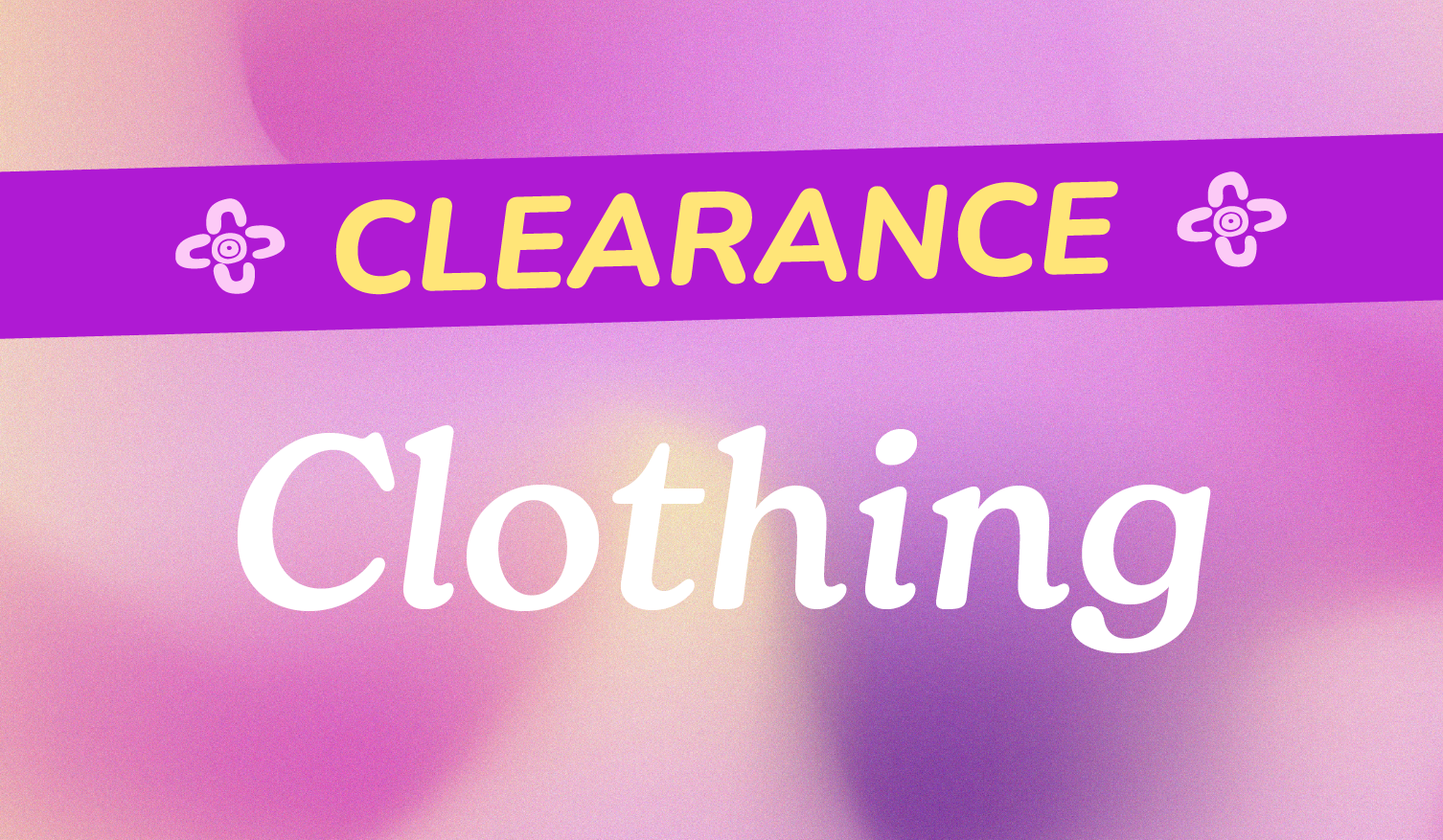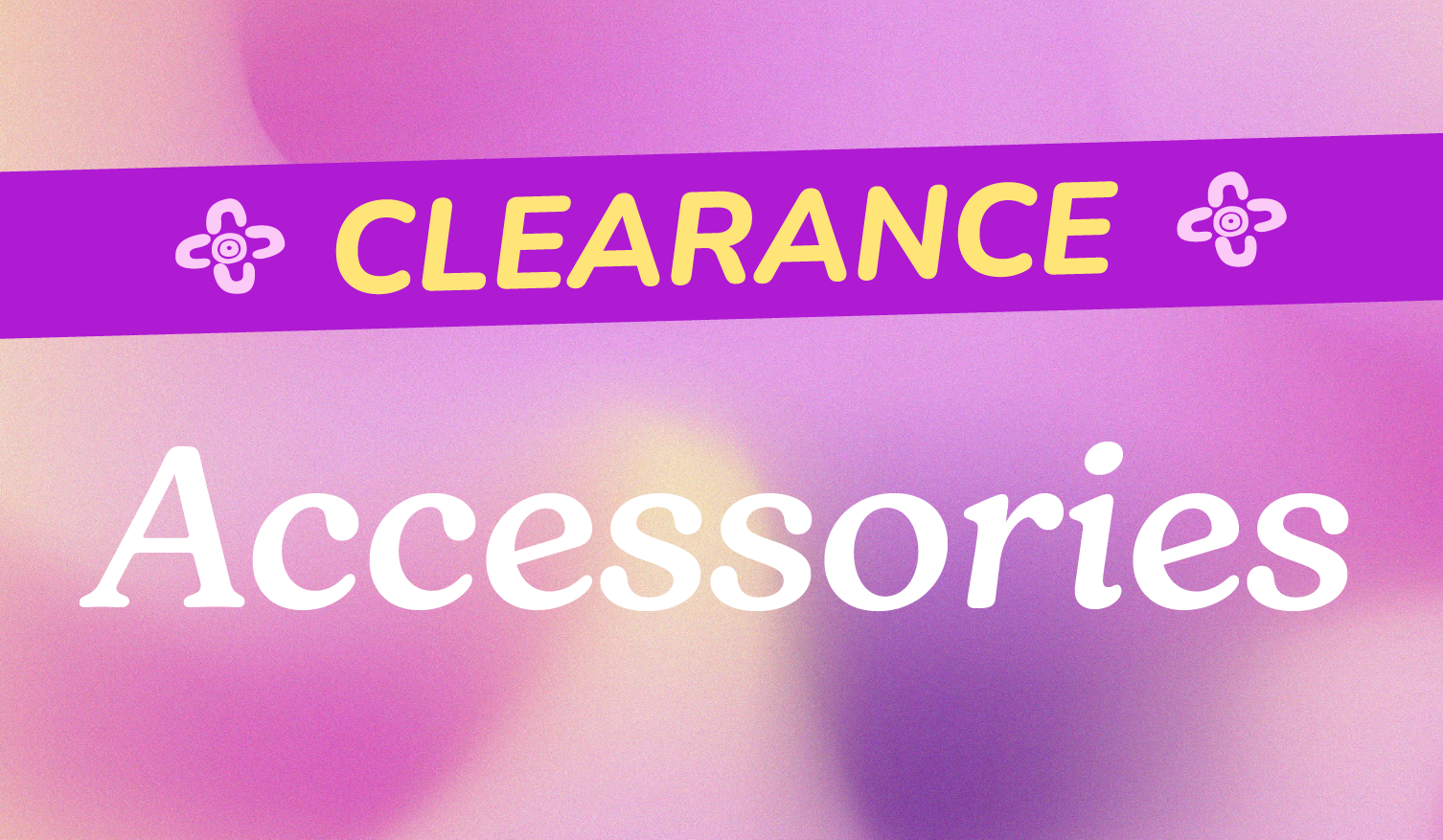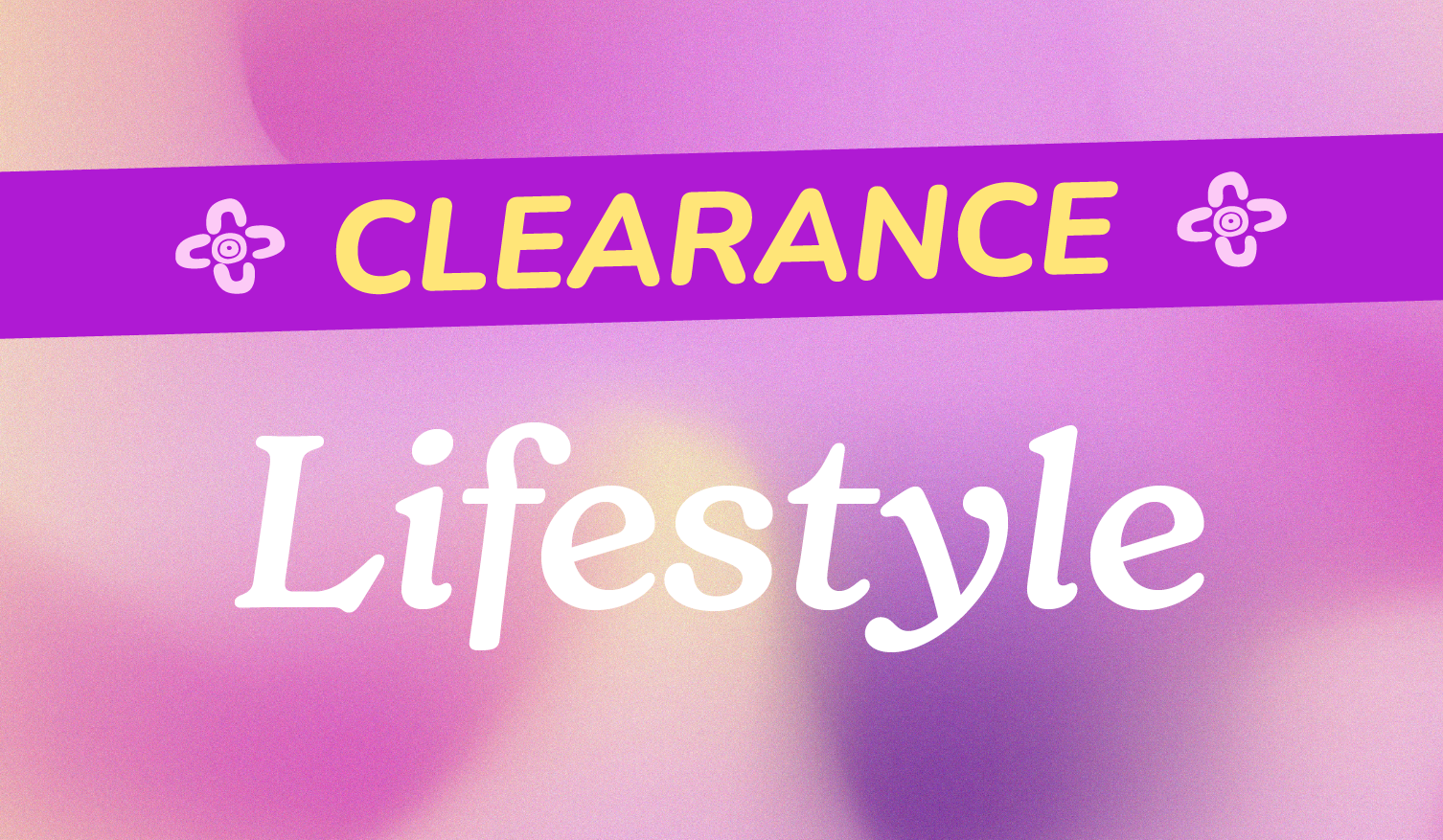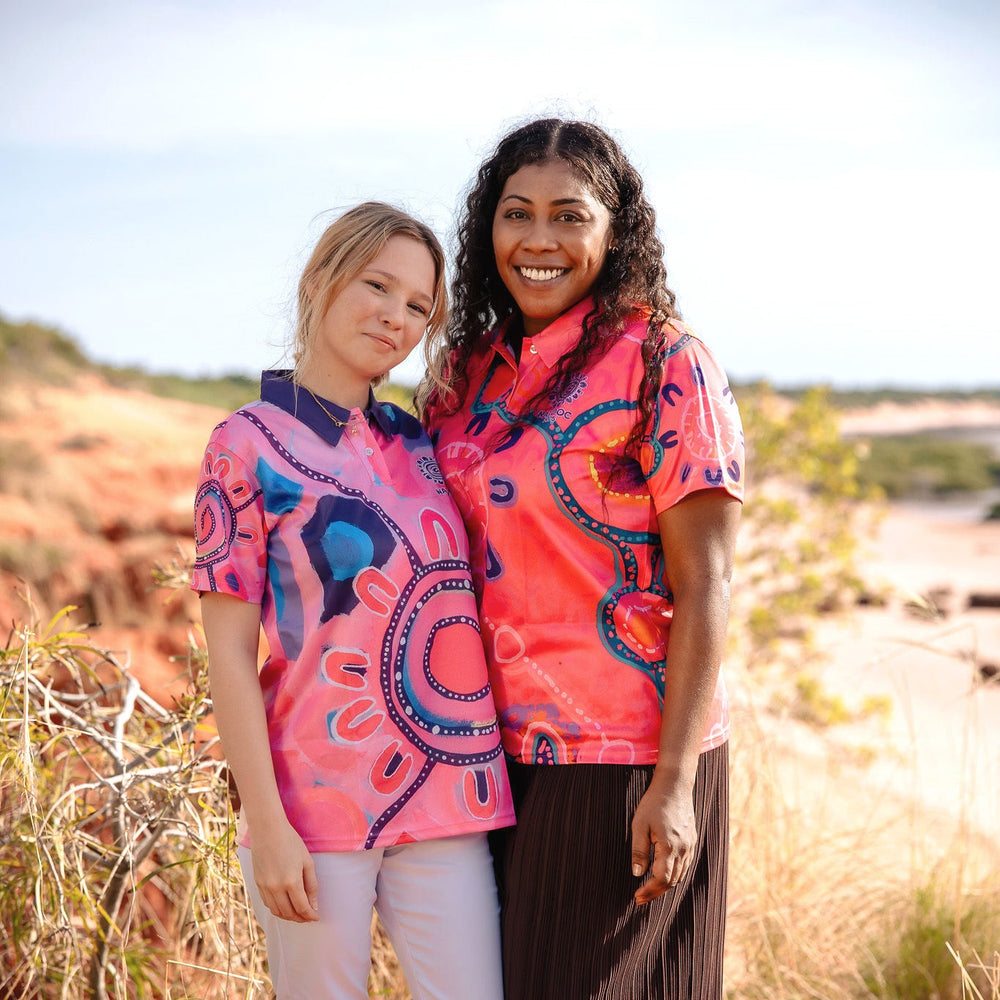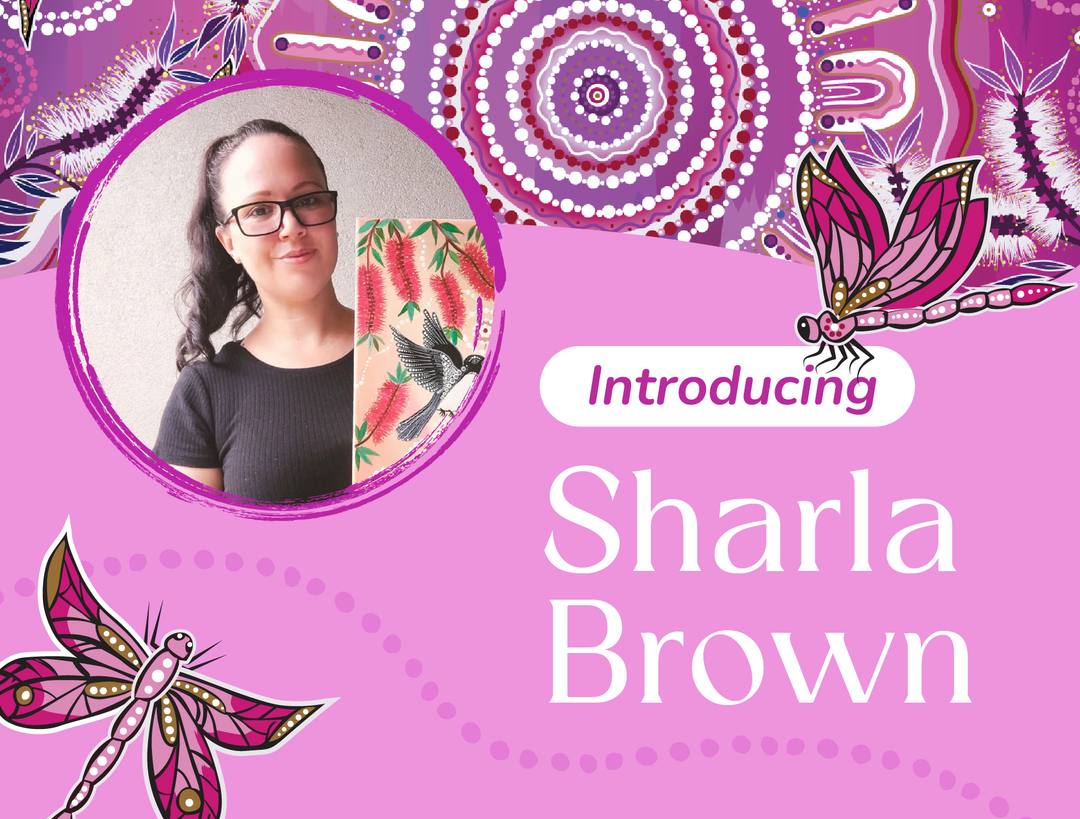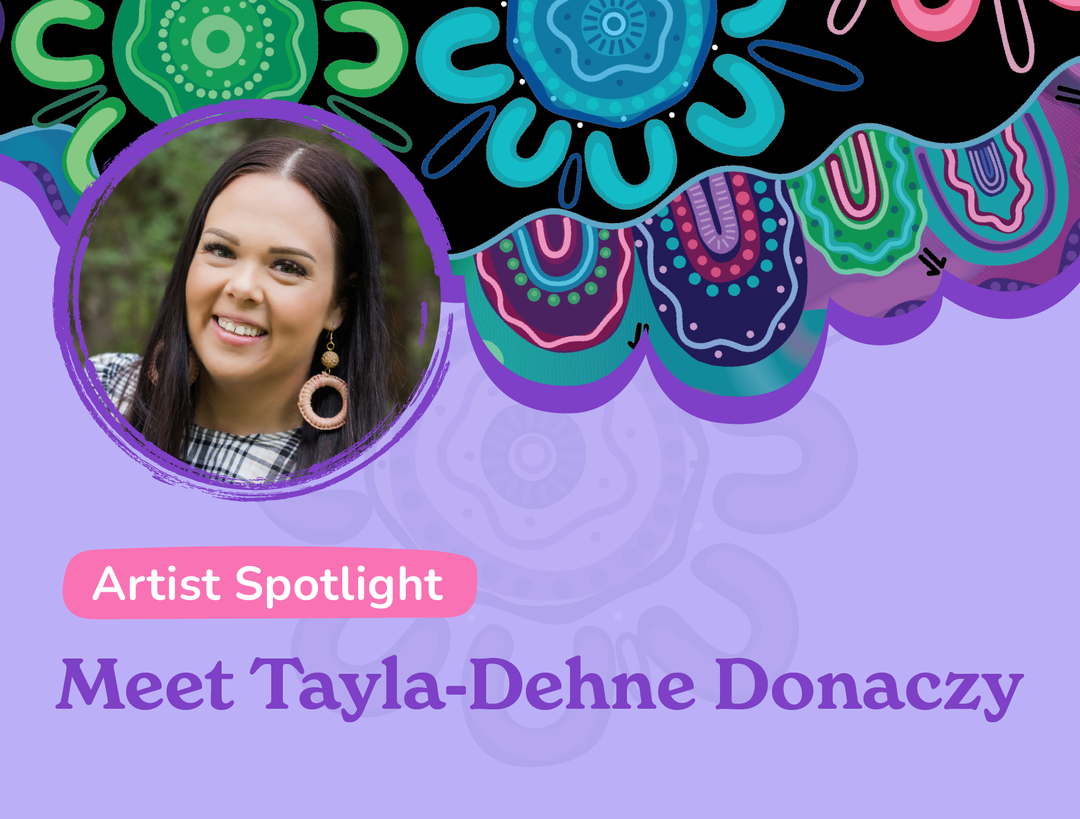Aboriginal art is a treasure trove of symbols, each narrating stories and traditions, varying from region to region, and artist to artist. Let's have a look at some of the most common Aboriginal art symbols you might come across.
These symbols, often seen as simple designs, can carry multiple layers of meaning, revealing different levels of a story based on the audience's understanding and context. Elders, the custodians of traditional knowledge, use these symbols to pass down sacred information.
Symbols in Aboriginal art are dynamic, changing in meaning depending on the context of the story, the region, and the artist. For instance, the curved ‘U’ shape is a widely recognised symbol representing a person, depicting the imprint left on the sand when someone sits cross-legged. The additional marks around this symbol can signify whether it represents a male or female.
 Person Sitting
Person Sitting Man
Man

Woman
Concentric circles in Aboriginal art can represent campsites, waterholes, or meeting places, essential elements for survival in the desert and often sacred due to their abundance of water. Straight and wavy lines between these circles can illustrate the routes travelled between camps or signify water running between two sites.
 Connected Waterholes/Campsites
Connected Waterholes/Campsites
Waterhole/Campsite
Star
Animals are typically represented by the tracks they leave behind, like the distinctive tracks of kangaroos and goannas, symbolising their presence and movement in the region. Some artists have even created their own set of symbols to depict abstract notions such as love and family, adding a personal touch to the rich tapestry of Aboriginal art symbols.
 Kangaroo
Kangaroo
Emu
Possum
The use of symbols in Aboriginal art is not just a creative expression but a way of preserving and imparting knowledge, culture, and traditions, allowing each artist to narrate their tales of the ancestors, the land, and the myriad elements of Aboriginal life.
All images from Artyfactory





